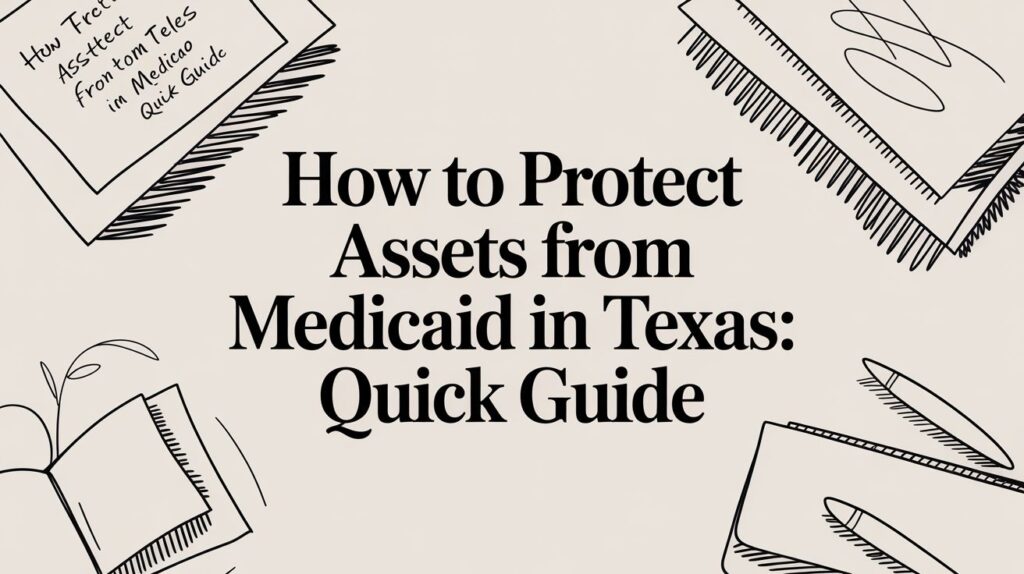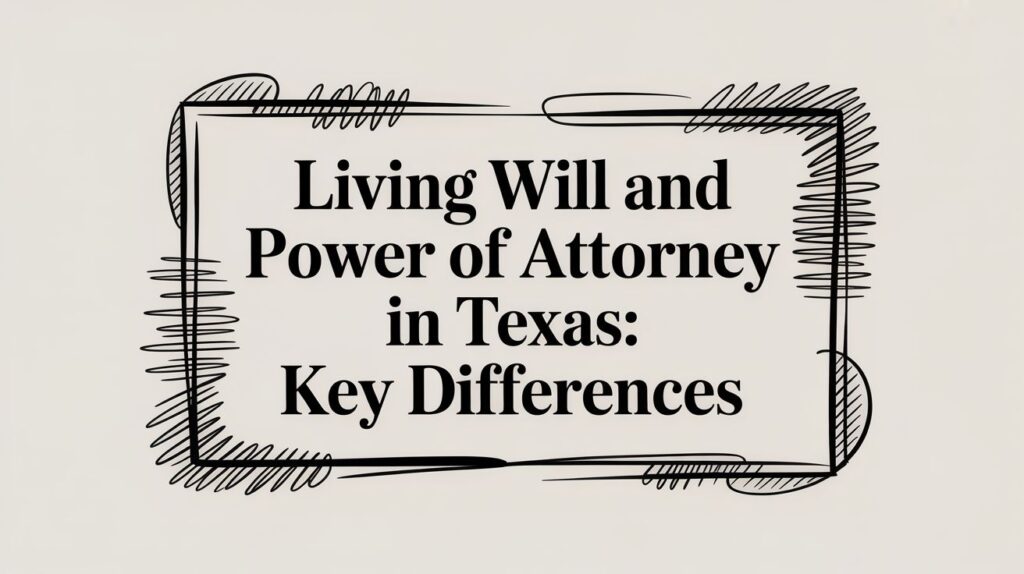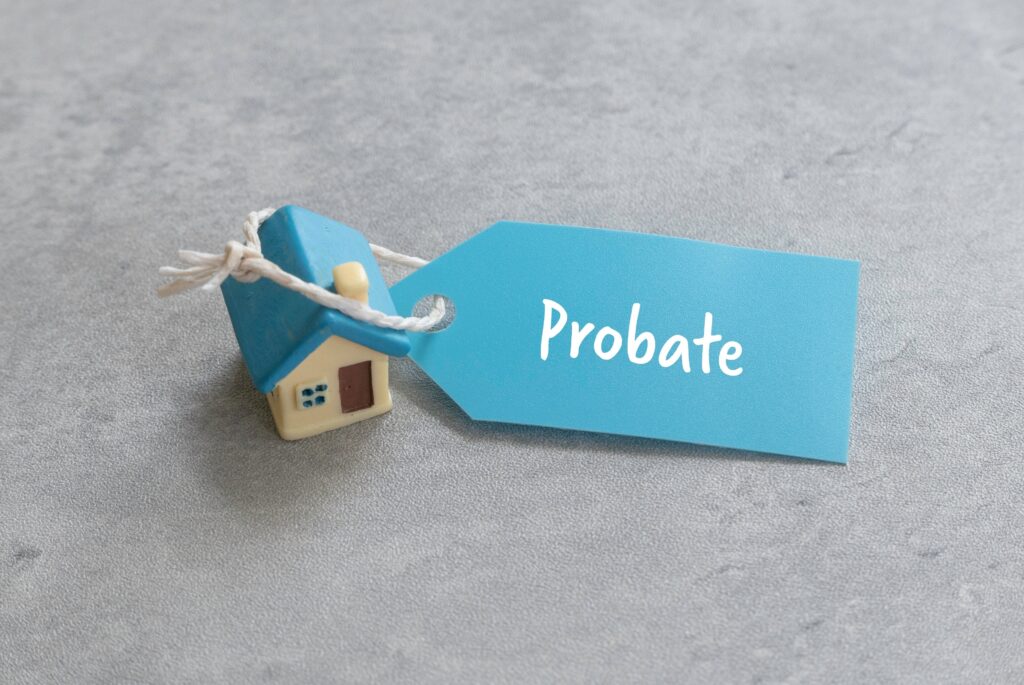Probate real estate, especially when held in complex arrangements like Texas land trusts, can be confusing to navigate. People commonly use land trusts to secure privacy, maintain control over real estate assets, and benefit from potential tax advantages and ease of transfer. However, the process can become complex when the property owner dies due to probate laws. Understanding the role and structure of a Texas land trust, the probate process, and strategies for efficient estate handling are essential for beneficiaries, estate executors, and attorneys. This article will cover the essentials, with specific emphasis on Texas probate laws, to guide you through handling probate real estate held within a Texas land trust.
Understanding Texas Land Trusts
A land trust is a legal entity that holds real estate on behalf of one or more beneficiaries. In Texas, this tool offers a way to retain ownership of real estate privately, often allowing the trustee (the party holding title to the real estate) to remain anonymous. Here are key components of a Texas land trust:

- Trustor: The individual who creates the trust and transfers the property into it.
- Trustee: The person or entity with legal title to the property, though they manage it for the benefit of the trustor or beneficiaries.
- Beneficiary: The individual(s) who benefit from the trust; they receive income or other benefits from the property.
Texas does not specifically recognize land trusts, so these trusts are often structured as contracts or are created under different legal provisions. Because of this, unique considerations apply when managing probate for real estate within a Texas land trust.
How Texas Probate Law Applies to Land Trusts
Probate in Texas is the legal process of validating a deceased person’s will, settling debts, and distributing remaining assets to beneficiaries. When dealing with real estate in a Texas land trust, it’s essential to understand how probate laws affect the process:
- Avoiding Probate with Land Trusts: Texas land trusts can sometimes bypass the probate process. When the trust agreement directly transfers ownership upon death, it avoids probate, allowing beneficiaries to receive the property without involving the court. This relies heavily on how the trust establishes terms and specifies asset distribution after the trustor’s death.
- Trust and Probate Intersection: Probate may be unavoidable if the trust was not designed to bypass probate or if the deceased held significant interest in the property outside the trust. In such cases, the real estate asset enters probate, where the executor (designated in the will) or administrator handles the legal responsibilities.
- Impact of Lack of Will: If the deceased did not leave a will (i.e., intestate), Texas probate court follows intestate succession laws to distribute assets, including any real estate in land trusts not structured to avoid probate. This distribution typically goes to immediate family, such as spouses, children, and close relatives.
Steps for Dealing with Probate Real Estate in Texas Land Trusts
Step 1: Determine If Probate Is Necessary
Start by assessing if probate is necessary. Examine the terms of the land trust and any associated documents to see if the trust includes a “pay-on-death” (POD) provision or similar arrangement, allowing the property to bypass probate.
Step 2: Identify and Document Beneficiaries
Documenting beneficiaries is critical. If the land trust explicitly names beneficiaries, they typically receive the property once the trustor passes. However, if beneficiaries are not clear or the property needs to go through probate, the court will identify rightful heirs based on the will or intestate succession laws.
Step 3: Appraise the Real Estate
Texas probate law requires an appraisal of the deceased’s assets, including real estate held in a trust. Work with a licensed appraiser to determine the property’s fair market value, as this will impact estate taxes, distribution, and other legal requirements.
Step 4: File the Probate Application
If probate is necessary, the executor or administrator files a probate application with the Texas county court. The court reviews the will, appoints an executor if one was not named, and grants authority to manage the deceased’s assets, including trust-held real estate.
Step 5: Notify Beneficiaries and Creditors
Texas probate law requires that beneficiaries and creditors be notified of the probate proceedings. Beneficiaries have the opportunity to claim inheritance rights, while creditors can seek debt repayment from the estate.
Step 6: Manage and Distribute Real Estate Assets
Once all debts, taxes, and legal obligations are settled, the executor distributes the remaining real estate to beneficiaries as dictated by the will or trust terms. This includes transferring the title and fulfilling any legal requirements related to the distribution of trust-held property.
Common Challenges with Texas Land Trusts in Probate
- Privacy and Disclosure: A primary reason people use land trusts is to keep ownership private. However, probate is a public process, and any property not covered by privacy provisions will be subject to public disclosure during probate.
- Ambiguities in Trust Documents: Vague or incomplete trust documents can lead to disputes. The terms of the trust must clearly define ownership rights, beneficiaries, and conditions for asset distribution. If unclear, court intervention may be necessary.
- Trustee Authority and Beneficiary Rights: Trustees must act in beneficiaries’ best interests and comply with both Texas trust laws and the specific terms of the trust. This can be complex in probate situations, where beneficiaries may feel their interests are being misrepresented or overlooked.
- Inheritance Taxes and Property Liens: Though Texas does not have a state inheritance tax, federal estate taxes may apply if the estate’s value exceeds the federal threshold. Additionally, property liens may attach to the estate during probate, potentially affecting distribution to beneficiaries.

Strategies to Simplify Probate for Texas Land Trust Real Estate
- Ensure Clear Beneficiary Designation: To minimize complications, always name beneficiaries explicitly in the land trust agreement and outline contingencies if primary beneficiaries are unavailable.
- Establish Joint Ownership Structures: Consider joint ownership options (like joint tenancy with right of survivorship), as this can avoid probate by automatically transferring property ownership to the surviving owner.
- Include Pay-on-Death (POD) Provisions: A POD clause allows property to transfer to a named beneficiary upon death without probate. This is a simple and effective way to bypass probate, so long as it aligns with Texas trust laws.
- Regularly Review and Update Trust Documents: Periodic reviews actively reflect changes in property ownership, beneficiary intentions, and legal regulations in the trust.
- Seek Legal Advice for Estate Planning: Legal professionals experienced in Texas probate law can help structure land trusts to avoid probate. They can also advise on tax implications, property transfer techniques, and methods to minimize legal and administrative costs.

Conclusion
Managing probate for real estate held in a Texas land trust can be challenging, but proper planning and understanding the probate process can help streamline asset distribution. By establishing clear, up-to-date trust documents and working with probate professionals, executors and beneficiaries can minimize complications and expedite the process. A solid strategy and skilled legal guidance ensure that your wishes are honored, your beneficiaries are cared for, and your estate is managed efficiently, whether you’re setting up a land trust or navigating probate.
If you’re navigating these complexities, consulting with an experienced Texas probate attorney can provide essential insights, ensuring smooth handling of probate real estate within land trusts.








